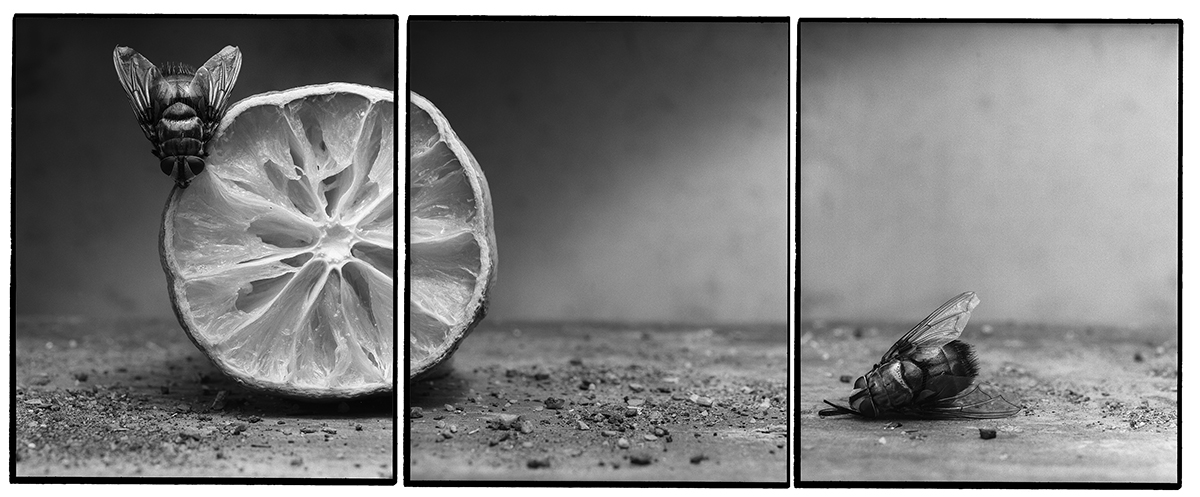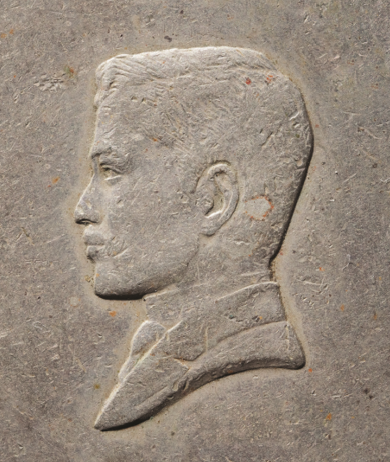What is nature? is an exhibition of photographs by Joachim Froese that uses photography as a material practice to visualize human perceptions of nature.
The work is informed by historical investigation into the Hortus Conclusus, a short-lived but popular genre in 15th century European painting and the early 20th century biologist Jakob von Uexküll’s concept of Umwelten (sentient worlds) and his theory of biosemiotics.
The project adapts smartphone technology and the popular use of the ‘selfie’ as an innovative method of visual environmental critique to examine how digital photography is embedded into human modes of communication and the biosemiotic exchanges that shape human Umwelten.
Autor: Joachim Froese
Rhopography
Rhopography (1999-2003) depicts still lifes of dead insects and deteriorating fruit. It is inspired by photographic thinking evident in the history of painting and examines conceptual links between photography and Baroque still lifes when painters used a camera obscura to construct their images.
Creative Accounting – Joachim Froese
Bilder von Numismatics (Joachim Froese) gibt es in Creative Accounting zu sehen, einer Museums & Galleries NSW Wanderausstellung, die von Holly Williams vom The Curators‘ Department in Sydney kuratiert wurde. Die Ausstellung reist 2016 und 2017 durch Australien und die nächste Station ist am 11. November 2016 das UQ Art Museum an der University of Queensland in Brisbane.
Der Abend beginnt um 17 Uhr mit einer Podiumsdiskussion und geht weiter mit der Vernissage um 18.30 Uhr.
Numismatics
Froese’s 2014 series Numismatics (named after the field of study of coins, bank notes, and medals) presents detailed photographs of coins from a wide range of countries and periods. The portraits depicted read like ancient sculptural reliefs; Numismatics responds to the increasingly ‘faceless’ digital economy. His work explores power structures, heroes and villains and reminds us of the role hard currency has played as an agent of propaganda.
“It was Alexander of Macedon, whose portrait was the first in history to grace a coin around 300 BC and it manifested his claim to be the ruler of the known world. Money was the visible mirror of Alexander’s power and his image, stamped on a coin, also stamped his rule on the territory in which it circulated. But circulation of money not only affirms a delimitated space. In a globalised world the distribution of currencies reflects power beyond the national borders in which they are legal tender and stakes out visible claims of colonial and hegemonial influence.” – Joachim Froese












